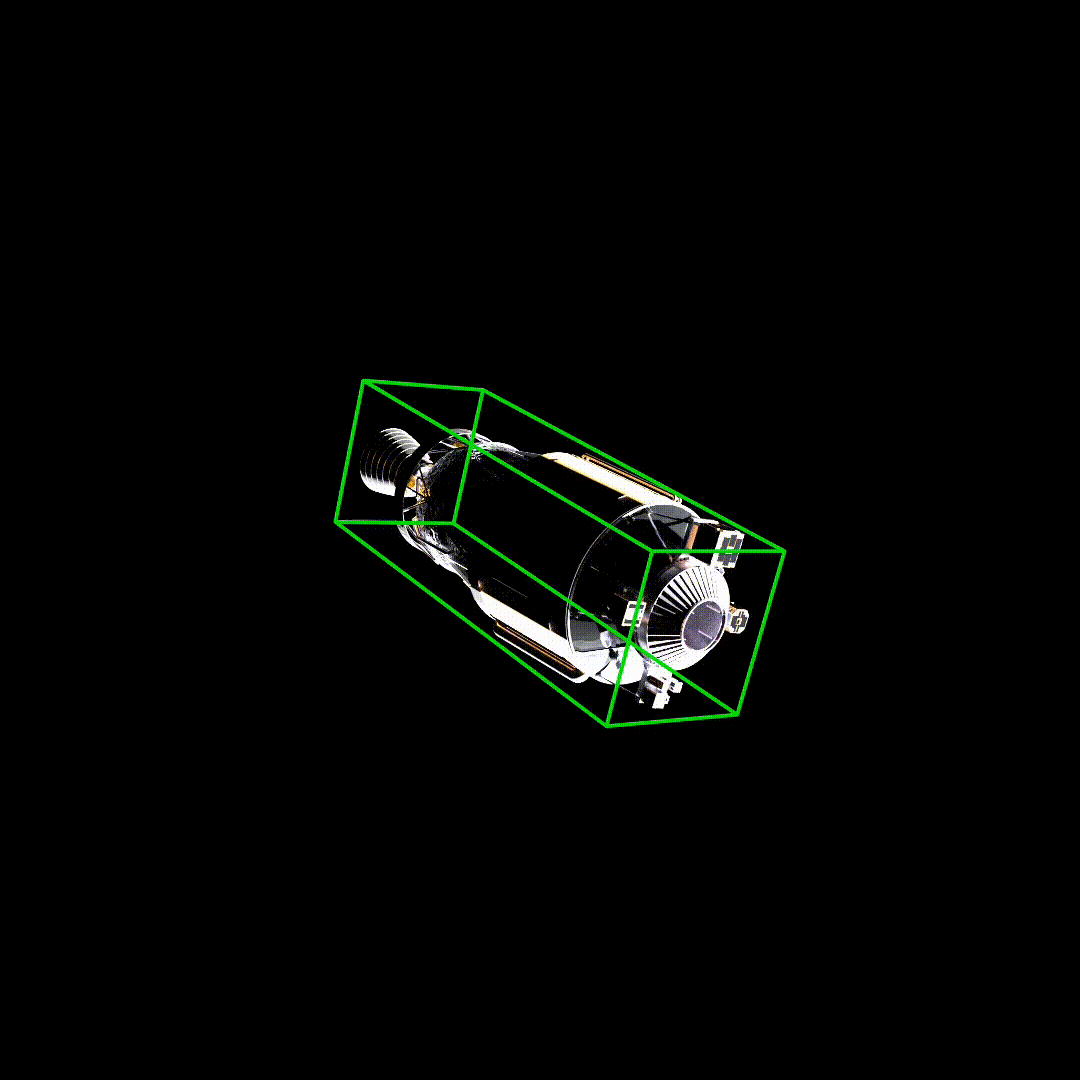Doctoral School Projects
Master Thesis or Doctoral School Projects
- Leveraging Diffusion Models, NeRFs, and 3DGS to Generate the Missing Part of the Statue at Lausanne’s Cathedral
- Counterfactual Attacks with Semantic Guidance
- Diffusion based Counterfactual Attacks
- Spacecraft pose estimation, on the edge
- 3D Object Extraction from Multi-View images using neural-rendering
- Understanding the limits of neural rendering for 3D reconstruction
- Improving Object Detection and Tracking with Scene Prior
- GPT Enhanced Physical-based Dataset Generation for Computer Vision Task
- Translate GPT into native Fribourg Patois
- Multi-Video Feed Analysis Using Applied Deep Learning: Enhancing Recycling Efficiency through Comparative Object Detection and Classification at Sorting Machine Stations (CVLab x Wasteflow)
- 3D Medical Image Analysis beyond Voxels
- STReAKS: Synthetic sTreak Rendering for sAtellite Kinematics and Surveillance
- Waste Detection in real-time: Object detection of waste type from the fall of waste in a waste cell (CVLab x Wasteflow)
- Object detection and classification of waste type and mass assessment as it moves along a conveyor belt (CVLab x Wasteflow)
- Applied Deep Learning for Computer Aided Engineering
For further project offers, please contact members of the CVLAB directly.
Semester Projects (Bachelor and Master)
Most of the offered semester projects can be rephrased for a thesis and vice versa. Please contact us directly.
Job Offers
Administrative
Semester Projects (Bachelor and Master)
SIN and SSC students do one semester project during their Bachelor studies and one semester project during their Master studies.
Semester projects can be done in groups of two students.
Semester projects are worth 8 credits for Bachelor and 12 credits for Master.
Students must have the approval of the Professor in charge of the laboratory before registering for the given project.
Oral defense: within two weeks of the hand-in date.
Master Thesis Projects
Master Thesis Projects are started once the complete master program is finished and all the credits have been obtained.
Projects for SSC and SIN students should last 4 months at the EPFL or 6 months in the industry or in another University.
Master Thesis Projects must be done individually.
Master Thesis Projects are worth 30 credits.
Students must have the approval of the Professor in charge of the laboratory before registering for the given project.
Additional information
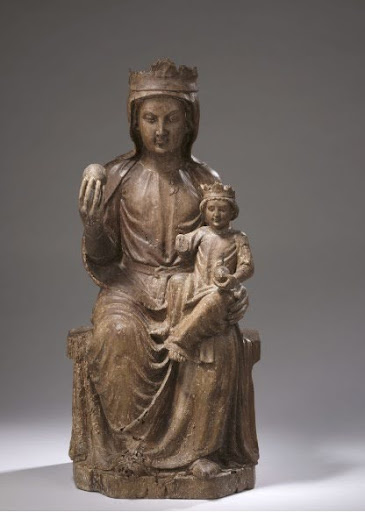
Over the decades and centuries, many statues displayed in cultural monuments have been damaged. The goal of this project therefore is to study the use of the recent developments in Diffusion Model, Neural Radiance Fields (NeRFs) and 3D Gaussian Splatting (3DGS) to digitally reconstruct in 3D the head of the Virgin with the Child statue (…)
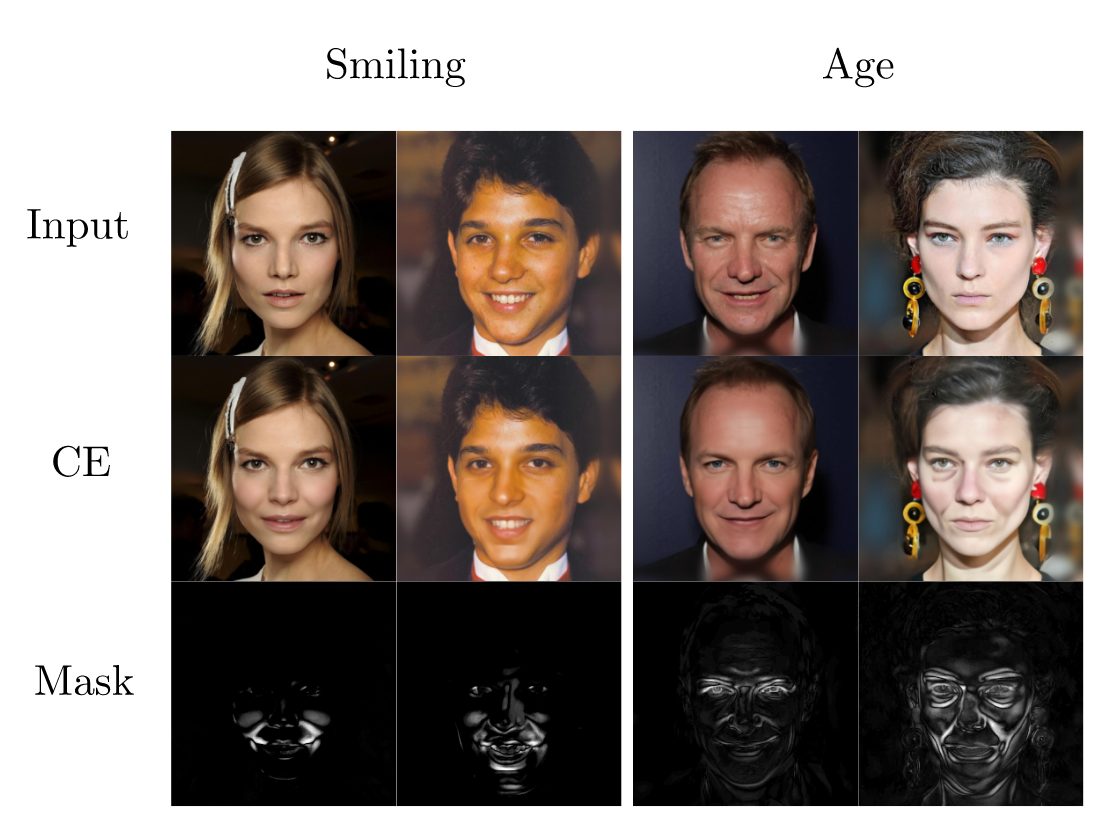
Counterfactual explanations (CEs) aim to alter output labels with minimal disruption. While adversarial attacks do it regardless of the nature of these changes, CEs restrain its attack to remain in the data manifold. To this end, current methods utilize diffusion processes ([1],[2]) for direct optimization, which, although effective, require significant memory and computational resources for (…)

Explainable AI (XAI) seeks to tackle the opacity of deep neural network decisions. Moving beyond the conventional focus on 2D imagery ([1],[2]), our research provides the first method to provide Counterfactual Explanations (CEs) for 3D point cloud classifiers. Specifically, we propose for the first time a method for creating counterfactuals with explicit semantic guidance.

Modern 3D reconstruction techniques rely on pixel consistency across images to recover 3D geometry from 2D images. These methods include NeRFs and Gaussian Splatting, which are the most accurate techniques in current state-of-the-art. However, they struggle on inputs with little contrast, objects which are transparent or reflective, and views which are too few or with (…)
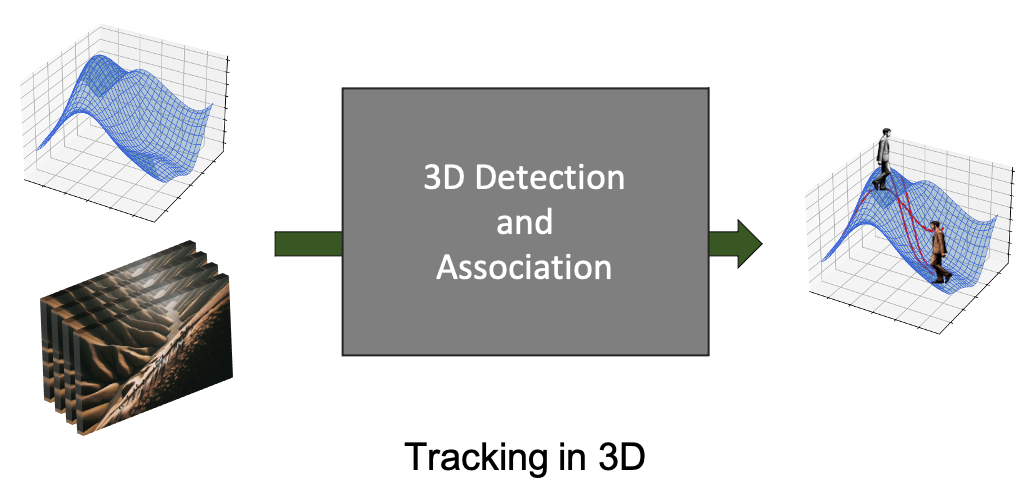
This project aims to enhance object detection and tracking algorithms by integrating scene geometry into the detection process. Utilizing mesh data of the scene and video footage from one or multiple cameras, the project seeks to develop a detection system that can leverage this additional information to improve accuracy and efficiency.
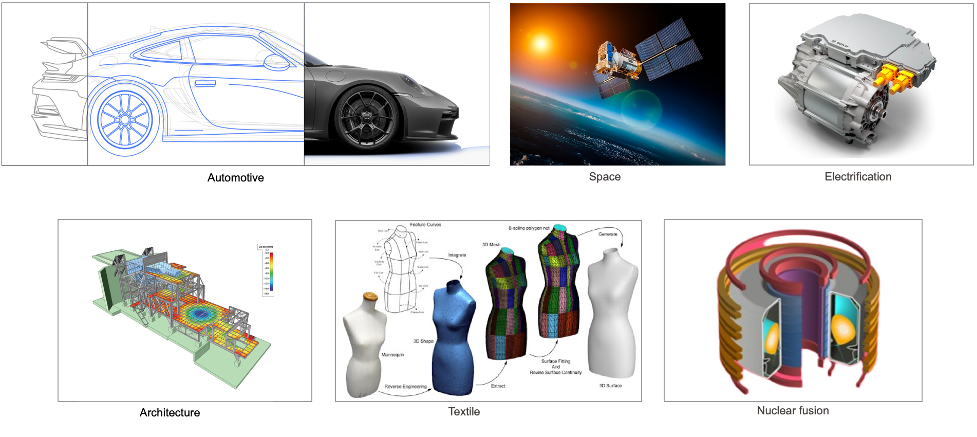
We live in a world full of manufactured objects of ever-increasing complexity that require clever engineering to be functional. Today, individual parts of these objects are often optimized separately, control is rarely accounted for at design time, and much manual tinkering is required. These shortcomings can largely be ascribed to the composite nature of industrially-designed (…)
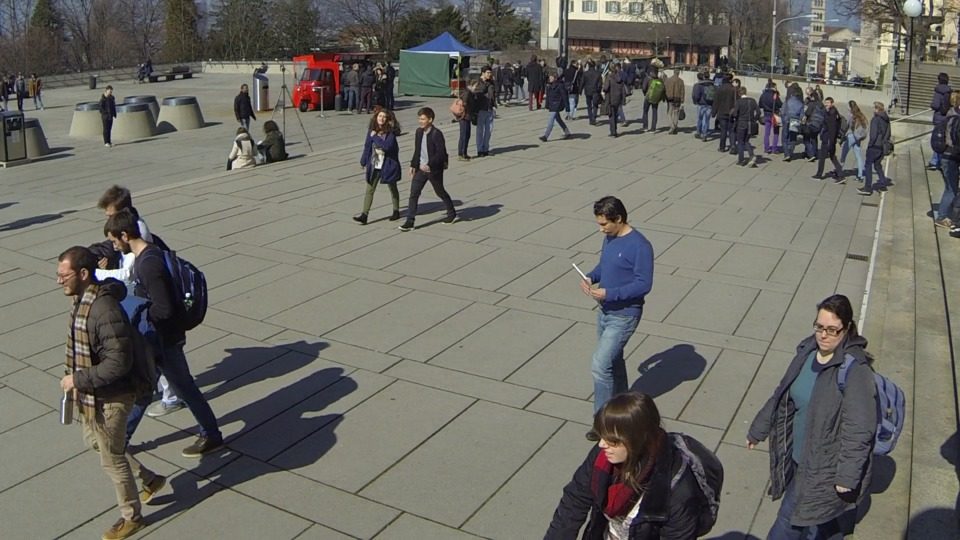
In particular we are targeting the task of 3D tracking and long-term tracking of people. The first step toward that goal will be to build a multi-camera dataset suitable for those tasks. Initially the student will design a multi-view annotation tools that will leverage camera calibration to minimize annotation cost.
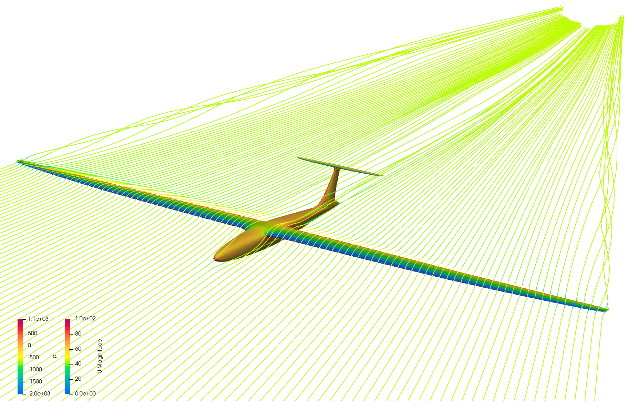
Computer Aided Engineering (CAE) is at the core of modern industrial engineering and manufacturing. However, the current CAE applications suffer from significant time and human resource expenses. Our goal is to leverage deep learning techniques to automate the CAE process and reduce the R&D costs for the industry.
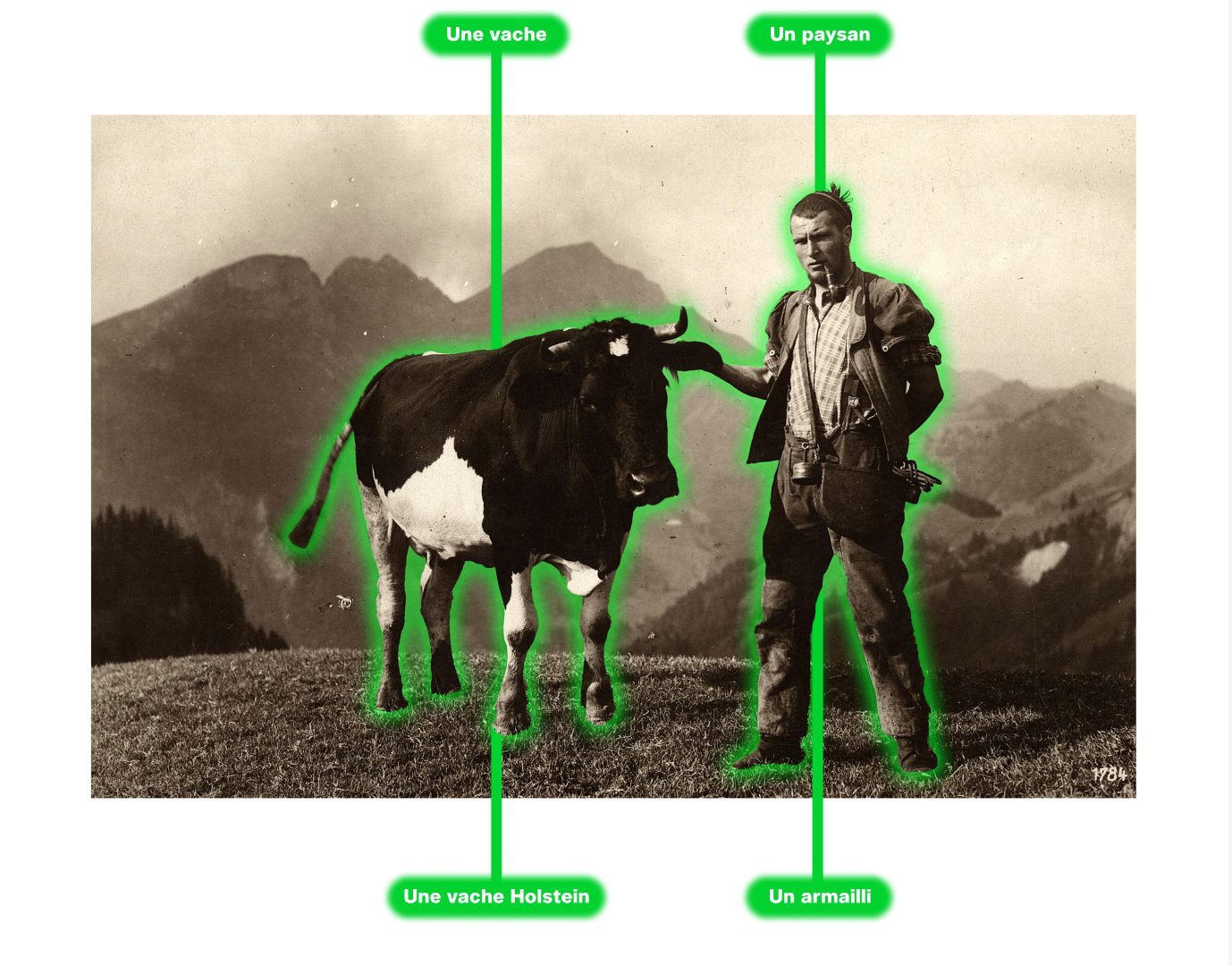
The project presented here aims to address these limitations by fine-tuning a Large Language Model (LLM) to the specific cultural and linguistic characteristics of the Canton de Fribourg.

Recent 3D reconstruction methods learn a 3D representation of the scene from a set of 2D images. While these representations are able to model the scene with a very high visual accuracy, they make edition cumbersome and they are unable to infer parts of the objects which are unseen in the initial images. In particular, (…)
